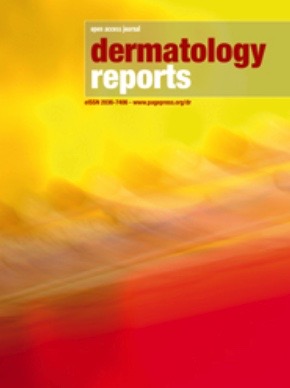Correlation between serum 25(OH)D levels with severity of work-related hand eczema among healthcare workers: a cross-sectional study
All claims expressed in this article are solely those of the authors and do not necessarily represent those of their affiliated organizations, or those of the publisher, the editors and the reviewers. Any product that may be evaluated in this article or claim that may be made by its manufacturer is not guaranteed or endorsed by the publisher.
Authors
Hand eczema (HE) is a common condition seen in medical facilities, particularly during the COVID-19 pandemic. The effects of vitamin D on skin inflammation are diverse. The purpose of this study is to examine the relationship between vitamin D levels in healthcare workers as determined by serum 25(OH)D and the severity of HE. In Indonesia, between September and October of 2022, a cross-sectional design was employed for this analytical descriptive study. The hand eczema severity index was used to determine the severity of HE. Out of the 44 healthcare workers who had HE, the findings indicated that 29 had mild HE, 11 had moderate HE, and 4 had severe HE. Subjects with mild, moderate, and severe HE had mean serum 25(OH)D levels of 17.85 ng/mL, 16.45 ng/mL, and 17.87 ng/mL, respectively, falling into the vitamin D deficiency category. Serum 25(OH)D levels and the severity of HE did not significantly correlate (r=-0.056; p=0.359). Serum 25(OH)D levels did not significantly differ between subjects with mild, moderate, and severe HE. The degree of HE was not negatively correlated with serum 25(OH)D levels.
How to Cite

This work is licensed under a Creative Commons Attribution-NonCommercial 4.0 International License.








